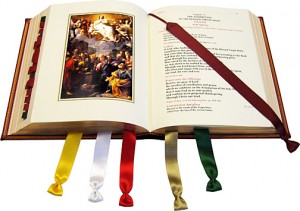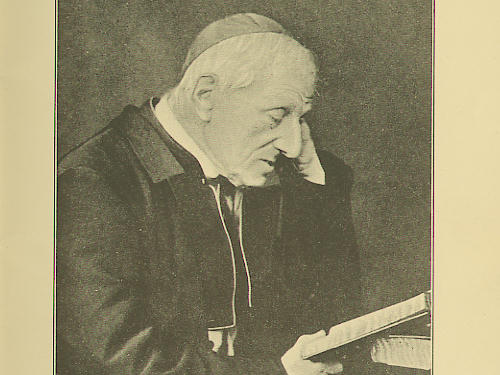 The experience of many Catholics at Mass reminds me of my cousin Stefano’s first time at an American football game. Coming from Italy, Stefano knew football very well—but his “football” is our soccer!
The experience of many Catholics at Mass reminds me of my cousin Stefano’s first time at an American football game. Coming from Italy, Stefano knew football very well—but his “football” is our soccer!
So when he first visited the States, and our family took him to see the Chicago Bears, he failed to fully grasp the events on the field. When the Bears sacked the opposing team’s quarterback, my family stood up and cheered. And Stefano did the same. But when we sat back down, he asked me, “Why is everyone happy? Did the Bears score?”
When the referee made a bad call, we stood up again, but this time we booed, raising our hands in frustration. Stafano stood up with us. He yelled and raised his hands, too, but once more he was not sure why. “What just happened?” he asked. “Did the other team get a point?”
Then, after the Bears blocked a punt and returned it for a touchdown, the stadium erupted with excitement. Everyone leapt out of their seats. In the midst of this frenzy, a stranger in front of us turned around to slap Stefano’s hand. My Italian cousin pretended to be very excited and gave the man a proper All-American high five. I looked over at him to see if he needed an explanation of the play on the field. But this time, Stefano didn’t bother asking for clarification. He just smiled and continued clapping, as if to say, “I’m really not sure what is going on, but it must be good for the Bears.”
Sometimes we Catholics experience the Mass like my cousin Stefano experienced his first Bears game. We go through the motions, though we are not quite sure what they all mean. We stand up. We sit down. We kneel. We say, “Lord have mercy…Holy, Holy, Holy…Thanks be to God.” But what exactly is going on at the altar? A frustratingly large number of Catholics have no clue, despite decades of regular Sunday attendance.
Many of us have heard these since childhood. We know them by heart and murmur them out of routine. So ingrained are these prayers that if someone in the middle of the night were to whisper to us, “The Lord be with you,” we would roll over in our sleep and instinctively respond, “And also with you.”
But do we really understand the meaning of all that we are saying and doing in the liturgy?
The revised English translation of the Mass offers a unique occasion for Catholics to reflect on the meaning of the Mass. Many of those familiar words for the Mass parts are changing. We now need to get used to new responses and new musical settings. It is my hope that this period of transition will not be merely mechanical—simply about training people to say new responses—but catechetical and spiritual. As we are taken out of our routine, we have a wonderful opportunity to ponder anew what we say and do in the liturgy and rediscover the splendor of Catholic theology and the solemnity of the Mass, so that we may grow into greater communion with the Triune God.
This article marks the conclusion of Dr. Sri’s comments on the new version of the Roman Missal, which went into effect across America this morning. We hope that his thoughts have given you insight into the beauty and holiness of the Mass, at which we not only celebrate, but actually encounter, the Living God.



